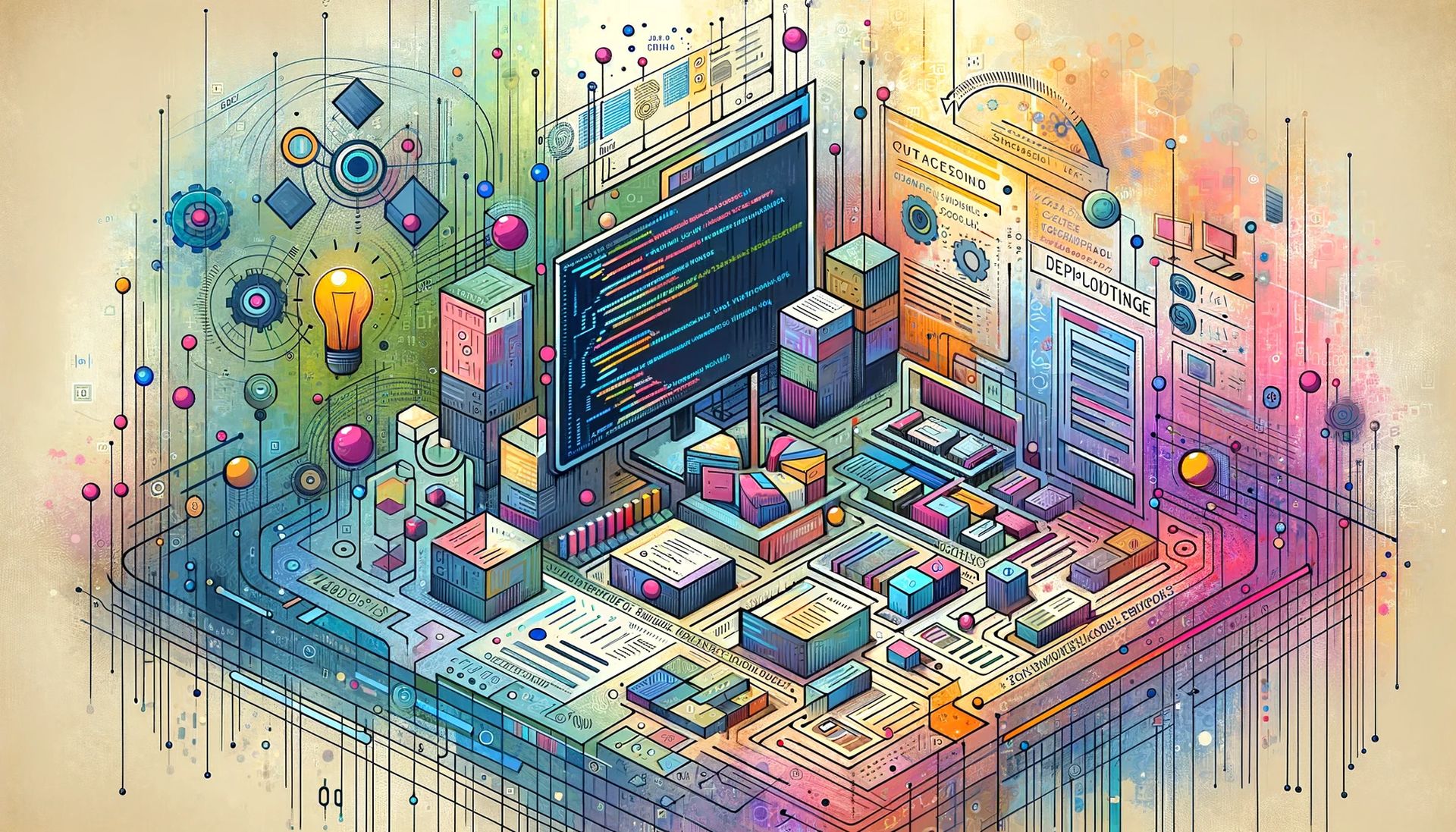Will generative AI really make low-code/no-code reach its full potential
Generative AI is reshaping the future of software development, forging a new frontier where complex coding becomes accessible to a diverse array of creators, not just the technically trained elite.

15 Kas 2023
4 dk okuma süresi
Generative AI is reshaping the future of software development, forging a new frontier where complex coding becomes accessible to a diverse array of creators, not just the technically trained elite.
Generative artificial intelligence is transforming the daily routines of developers. Its applications range from drafting initial code to refining and restructuring existing code, from diagnosing the root causes of issues to conceptualizing new system designs. This technology is not merely a shortcut in the development process; it represents a fundamental change in how software engineering is approached. By expediting these tasks, generative AI redirects the focus in software engineering toward more nuanced aspects of code and architectural design.
This shift suggests an evolving role for software developers, with a greater emphasis on complex design and strategic problem-solving. In this context, generative AI is not just a tool but a transformative force, enhancing developers' creativity and problem-solving capacity.
Distinguishing generative AI and low-code/no-code
Generative AI and no-code development, although aiming to simplify code creation, cater to distinct user groups. Generative AI is particularly beneficial for experienced developers, enhancing their ability to manage complex tasks efficiently. On the other hand, low- and no-code technologies are more aligned with the needs of non-technical users, enabling them to build applications without deep coding knowledge.
This distinction is crucial.
Generative AI augments the skill set of professional developers, facilitating the management of intricate projects with greater speed and accuracy. In contrast, low- and no-code platforms democratize the field of software development, allowing those without formal coding training to construct functional applications.

IT experts are increasingly acknowledging the potential of integrating AI into low-code platforms. This integration is expected to maximize the capabilities of these platforms, combining ease of use with intelligent automation. This trend reflects a growing intersection between user-friendly design and AI-enhanced efficiency in software development.
Gen AI’s role
Generative AI is not just about automating code generation; it's about creating a seamless interface between human intention and digital execution. This technology is proving to be a critical link in translating a person's conceptual ideas into the precise language of computer programming. However, the complexity of software development extends far beyond code creation.
The current scope of generative AI, particularly in language and image models, addresses a fraction of the broader spectrum required for comprehensive automated software development.
Essential aspects of software systems, such as logical and physical system architecture, data modeling, build and deployment processes, as well as ongoing maintenance and management, remain areas where human expertise is indispensable. These domains, crucial for the holistic development of software, still surpass the capabilities of current generative AI technologies.

This reality frames generative AI as an evolving tool that is gradually bridging critical gaps in the software development process but has yet to reach its full potential in automating these more complex aspects of development.
Enabling low-code environments
One of the most exciting prospects for AI in software development is its potential role in enabling and enhancing low-code and no-code environments. Unlike generative AI, which is more attuned to the needs of experienced developers, low-code and no-code platforms are primarily designed for individuals without extensive coding knowledge.
These user-friendly platforms are particularly beneficial for smaller and medium-sized enterprises, especially in times of intensity. They offer a way for these organizations to restructure business processes without needing deep technical expertise and effort. In an era where many companies face staffing shortages or lack the resources to support complex IT operations, these platforms offer a pragmatic solution.

The distinction between generative AI and low/no-code technologies is clear yet complementary.
While generative AI empowers developers with high-level expertise, low-code/no-code platforms provide an accessible entry point into software development for non-technical users. This dual approach is not only democratizing the field of software development but also expanding the potential for innovation across businesses of all sizes.
So, what’s the answer?
Will generative AI enable low-code/no-code development to reach its full potential? The answer lies in understanding the complementary nature of these technologies. Generative AI stands at the cusp of a significant evolution in the software development environment, poised to bridge the gap between low-code and no-code environments.
The inherent strength of generative AI lies in its ability to simplify complex coding processes.
By offering pre-built models and code templates, it empowers seasoned and novice developers to construct sophisticated applications without the need for deep coding expertise. This is more than just a technical advancement; it represents a democratization of the development process, opening doors for a wider array of individuals to contribute to technology solutions.

In blending the capabilities of generative AI with low-code/no-code platforms, we foresee a future where the creation of digital solutions becomes more inclusive and accessible. Generative AI serves not just as a tool for simplifying coding but as a catalyst for innovation, allowing more people to transform their ideas into reality without the traditional barriers of technical know-how.
Ultimately, generative AI is set to help transition low-code environments towards a more no-code approach. The synergy between generative AI and low-code/no-code technologies promises to streamline development, reducing the technical threshold required to build effective software solutions. This aligns perfectly with smaller and medium-sized businesses' needs, especially when they face staffing challenges or resource limitations.
Generative AI will be pivotal in making low-code/no-code development more feasible and widespread.
Bridging the gap between these environments not only enhances the capabilities of professional developers but also extends the power of software creation to a broader community, marking a new era in the democratization of technology development.
İlgili Postlar
Technical Support
444 5 INV
444 5 468
info@innova.com.tr









